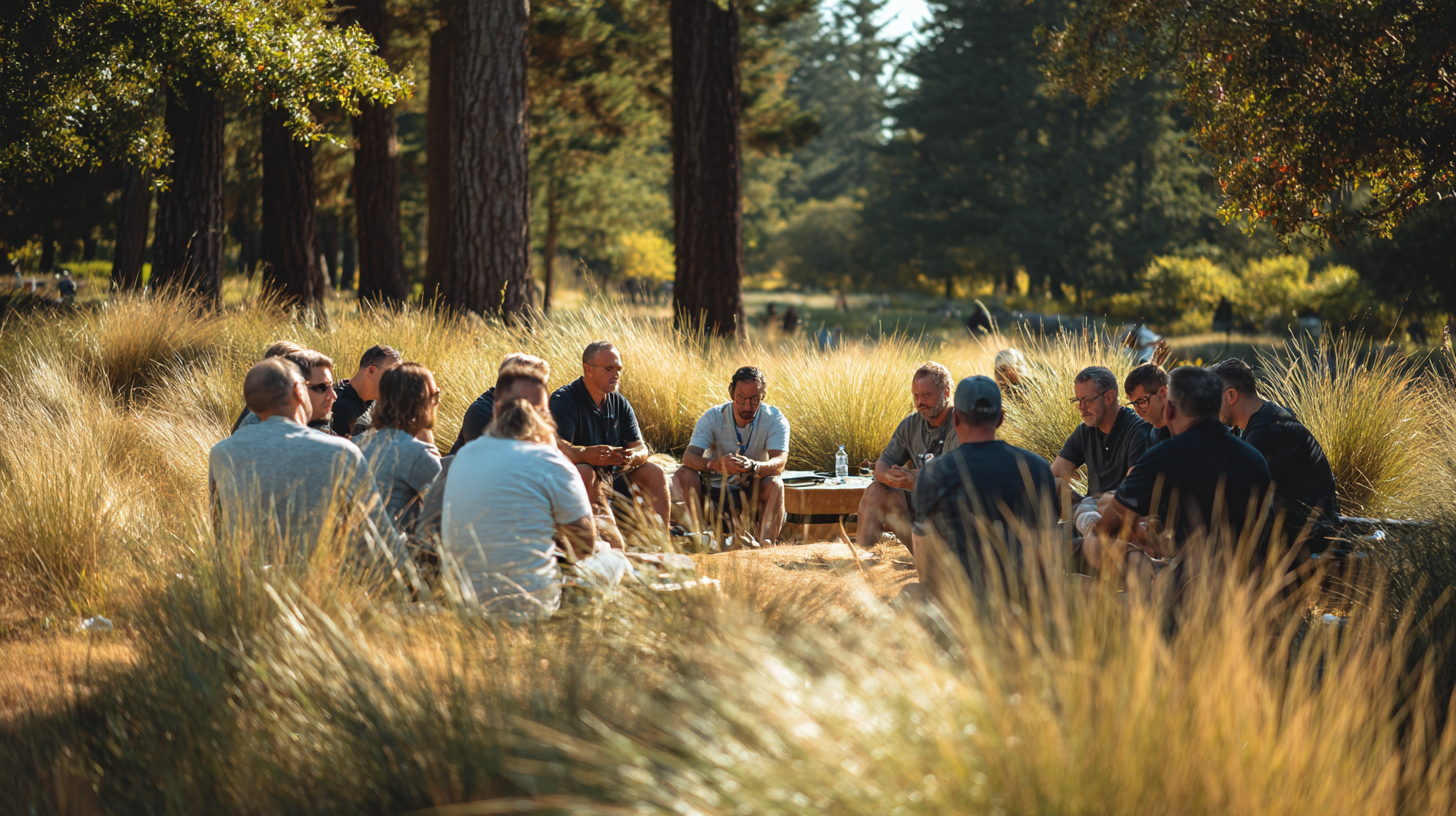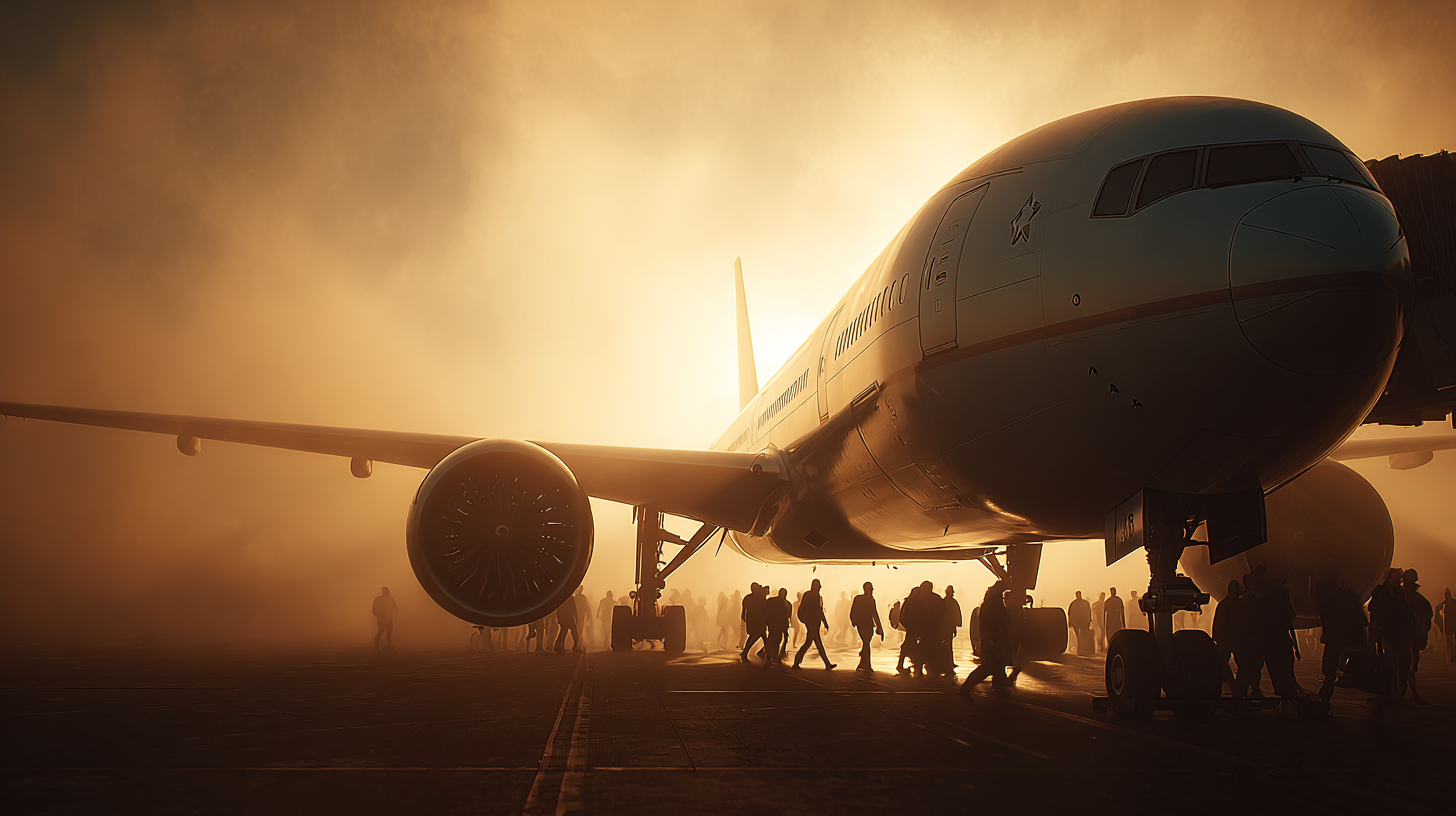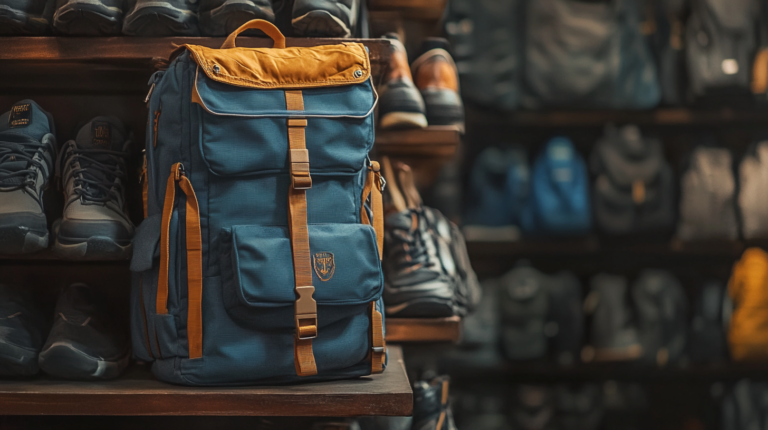7 Types of Business Travel Every Frequent Flyer Should Know
Business travel is back in action as face-to-face meetings regain their status as powerful tools for building trust and sealing deals. Despite the convenience of virtual platforms, in-person engagement can yield an impressive return of up to $10–$14 for every dollar spent. With careful planning, modern booking platforms, and streamlined expense management solutions like Bolt Business or Itilite, organizations are making the most of every trip while keeping an eye on cost and sustainability.
1) Team Retreats

Team retreats bring colleagues together for focused planning, brainstorming, and bonding. By traveling away from the office, teams can break their routines, boost creativity, and reinforce camaraderie. Serviced apartments or boutique hotels are popular choices, offering space to collaborate while ensuring a comfortable stay.
In my own travels, I’ve noticed that team members often gain fresh perspectives when they’re immersed in a new environment—especially one free from the usual office distractions. A 2024 survey by a major recruitment agency suggested that over 70% of employees reported stronger bonds after sharing time off-site, whether it was in a local countryside setting or an urban innovation hub. From my vantage point, these retreats allow everyone to break bread together, share laughter, and rediscover the team’s shared goals in a relaxed setting.
For organizations looking to optimize costs, group travel packages and early-bird venue bookings can go a long way toward staying within budget. Some platforms even bundle accommodation, transportation, and group experiences for a more cost-effective approach. By planning retreats with ample lead time, travelers can lock in better rates and reduce the logistical hiccups that often come with last-minute trips.
2) Client Visits

Face-to-face client visits remain crucial for building trust and establishing deeper connections. Whether meeting in a conference room or a casual coffee shop, these interactions help companies gain valuable insights and show commitment. Companies often rely on mobility apps and corporate travel policies to optimize cost and time during these trips.
In my own experience, hopping on a quick flight to shake hands with a potential partner demonstrates seriousness that video calls can’t always convey. A recent study published by the Global Business Travel Association (GBTA) in 2025 revealed that 80% of executives still consider in-person interaction vital for closing deals and strengthening professional bonds. There’s something about eye contact and reading body language that makes a lasting impression.
That said, planning is key: it’s wise to schedule multiple meetings in one trip and use local ride-hailing services tailored to business travelers to handle the final leg of the journey. Being mindful of local customs—like bringing small tokens of appreciation or learning a bit of the local language—can leave a memorable mark on your hosts and pave the way for smoother negotiations.
3) Conferences & Trade Shows

Conferences and trade shows are prime opportunities for networking, discovering emerging trends, and showcasing new products. Frequent flyers benefit from airline partnerships and loyalty programs that enable them to accumulate miles faster. Beyond the exhibition floor, many travelers incorporate side meetings or bleisure activities to maximize the journey.
From my perspective, there’s an undeniable energy in large conference halls brimming with industry experts and like-minded professionals. I’ve attended events where chance encounters at a coffee stand turned into lucrative partnerships down the road. According to industry data from 2025, nearly half of the professionals attending trade fairs reported forming at least one valuable long-term business connection during these gatherings.
To get the most out of these events, I recommend preparing an agenda of must-attend sessions, crafting an elevator pitch, and keeping an open mind for impromptu discussions. When possible, schedule brief meetups with clients or colleagues. By doing so, travelers can transform a single conference appearance into a multi-faceted trip that spans networking, learning, and local exploration.
4) Corporate Events & Training

From product launches to in-depth workshops, corporate events and training sessions help employees upskill, stay motivated, and align with company goals. Traditional venues like hotels are common, but some companies now choose unique event spaces to spark innovative thinking. Travel management platforms allow organizers to keep track of bookings, approvals, and budgets with ease.
I’ve observed that practical, hands-on sessions in lively settings can significantly boost engagement. For instance, one company transformed a beachfront resort into a pop-up tech lab for an IT training program—an unconventional choice that revitalized everyone’s willingness to learn. According to a 2025 training industry report, participants are 40% more likely to recall workshop content when the event is held in an immersive environment.
When planning such events, consider using central dashboards or apps that automate expense reporting and travel arrangements, so attendees can focus on the learning experience. This approach not only streamlines the planning process but also provides real-time cost analysis. Transparent communication about corporate travel guidelines ensures everyone knows what expenses are covered and how to stay on policy.
5) Bleisure Travel

Business-leisure, or “bleisure,” trips blend work commitments with personal exploration. This trend keeps frequent travelers more engaged and fosters better work-life balance. Many find that mixing business obligations with leisure sightseeing recharges their energy and promotes an overall more productive experience.
I’ve personally enjoyed a few bleisure jaunts that started out as a quick conference but ended with me discovering new restaurants, museums, and cultural attractions. One tip is to tack on an extra day or two after finishing your professional engagements—just enough to explore the city’s hidden gems without feeling rushed. A 2025 industry survey found that nearly 62% of business travelers opt to extend their trips for leisure, citing mental refreshment as the top motivator.
For companies, encouraging bleisure can be a great morale booster, so long as the time off is communicated transparently and expenses remain distinct from business-related costs. On a personal level, it’s smart to pack clothes suited for both your professional commitments and your weekend wanderings, so you’re ready for anything.
6) Site Visits & Work Transfers

When a project requires on-the-ground oversight or knowledge transfer, site visits and work transfers come into play. These journeys might involve short-duration troubleshooting or long-term assignments. Choosing the right accommodation—be it a hotel or a serviced apartment—ensures travelers stay refreshed and can focus on tasks at hand without distractions.
In my experience, working on-site provides a level of immersion you can’t replicate on digital platforms. If, for instance, you’re overseeing a tech rollout, seeing the actual hardware and setup in the field can reveal nuances that a Zoom call never could. A project management report from 2025 indicated that practitioners who conducted regular site visits had a 15% higher project success rate, likely due to more accurate assessments and timely interventions.
For extended stays, it’s wise to find accommodations that offer kitchenette facilities, laundry services, and reliable internet. This not only makes the traveler’s life easier but also helps maintain productivity levels. Staying close to your work site can minimize commute times and give you more hours to troubleshoot issues or interact with local teams.
7) The Bottom Line

From local conferences to international expansions, business travel remains a key driver of growth. Face-to-face interactions foster stronger relationships, speed decision-making, and help companies stay competitive. For frequent flyers, employing efficient booking apps, automated travel management systems, and loyalty programs can maximize rewards while controlling expenses. With the right planning and modern tools, business trips continue to open doors, generate new opportunities, and keep the world of commerce moving forward.
In many cases, a single trip can yield more than one result: a contract extension, a new partnership, or even a fresh perspective on a recurring challenge back at your headquarters. When approached thoughtfully, business travel offers the dynamic edge needed to thrive in today’s fast-paced marketplace. And as I see it, keeping a balance of strategic planning, resourcefulness, and genuine curiosity can make every flight an investment in your organization’s future.
Final Thoughts

As industries evolve and digital communication flourishes, the value of in-person engagement has become even more pronounced. Most professionals recognize that a handshake can seal deals, strengthen teams, and foster genuine camaraderie in ways that virtual platforms can’t fully replicate. Forward-thinking companies are blending prudent financial strategies with conscious travel practices, ensuring every journey yields tangible gains.
Whether you’re attending a critical site visit or squeezing in some city exploration after a conference, it’s clear that business travel is more than a perk—it’s a powerful catalyst for growth. With an eye on sustainability, innovative expense management, and strategic planning, frequent flyers can stay ahead of the curve in 2025 and beyond.
Barry B.’s Take
When it comes to business travel, I find it’s all about the synergy between professional goals and personal experiences. One moment, you’re perfecting a presentation in the departure lounge; the next, you’re meeting a potential partner over an unforgettable local dish. I’ve come to appreciate that every mile has a story—if you’re willing to look for it.
While there’s no substitute for direct collaboration and face-to-face trust-building, travel in 2025 also allows us the flexibility and creativity to find life in the layovers. From my vantage point, each trip embodies an opportunity to trade routine for discovery, bridging industries, cultures, and ideas along the way.
Find more travel insights at milesBUZZ.







